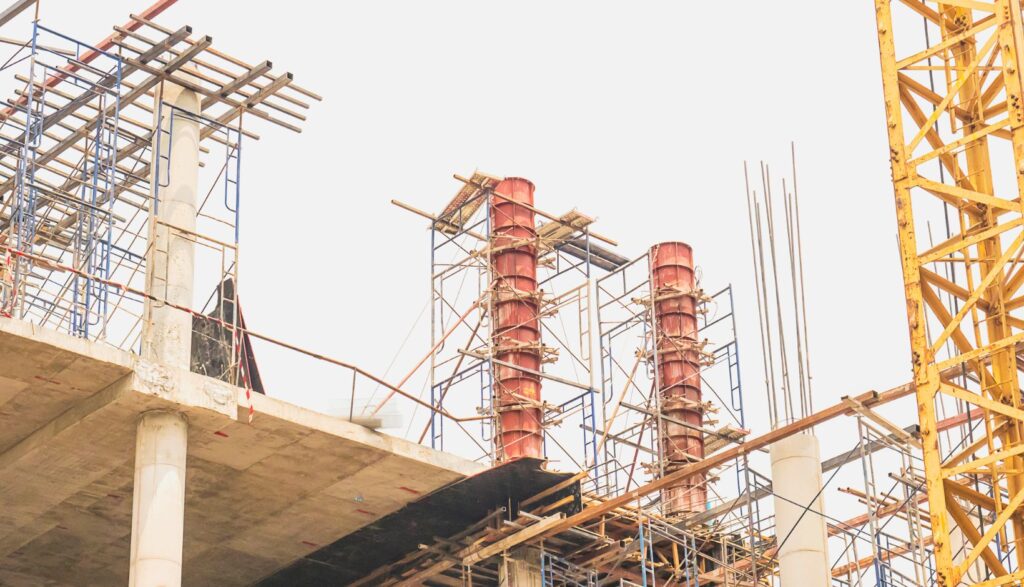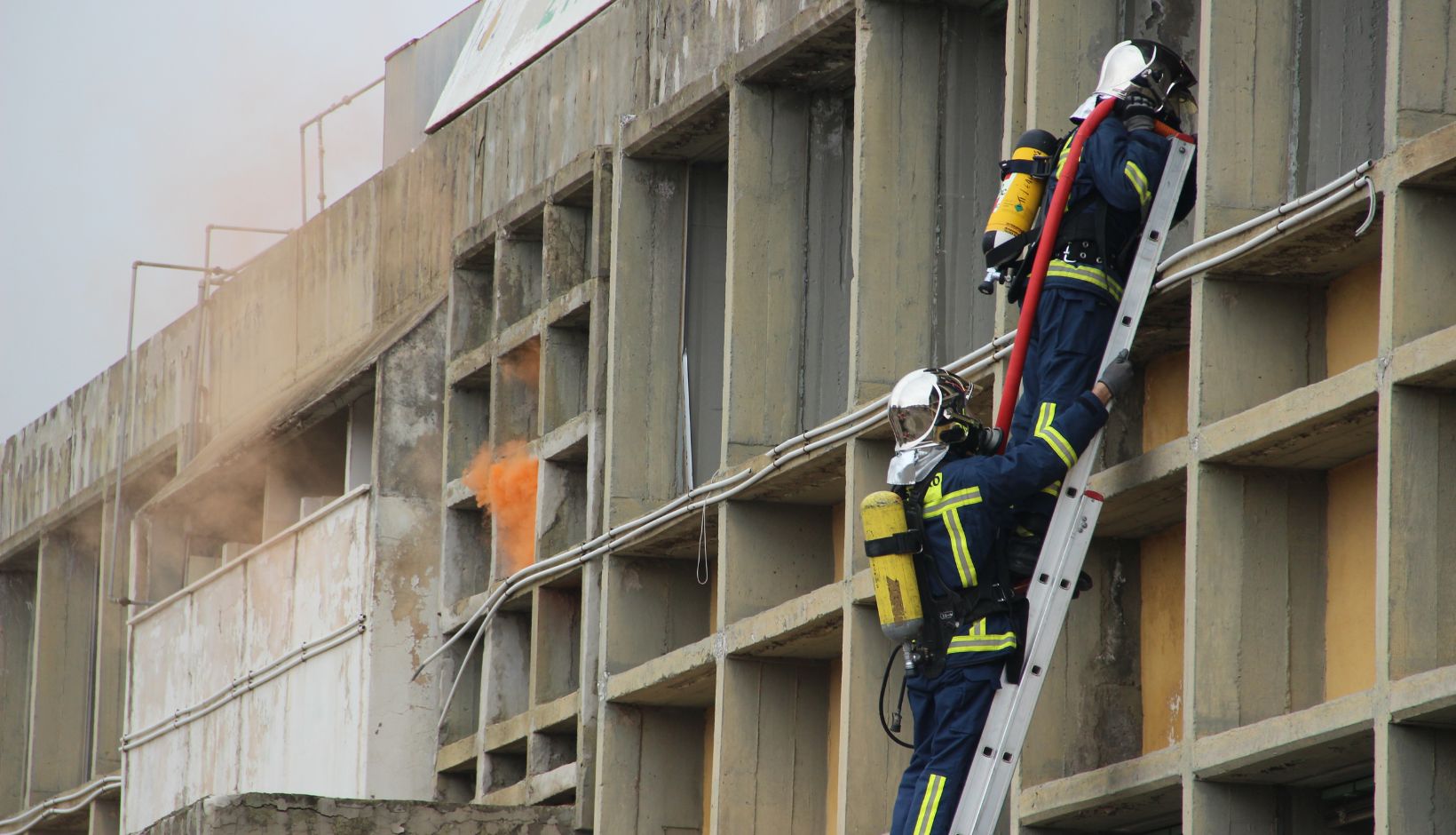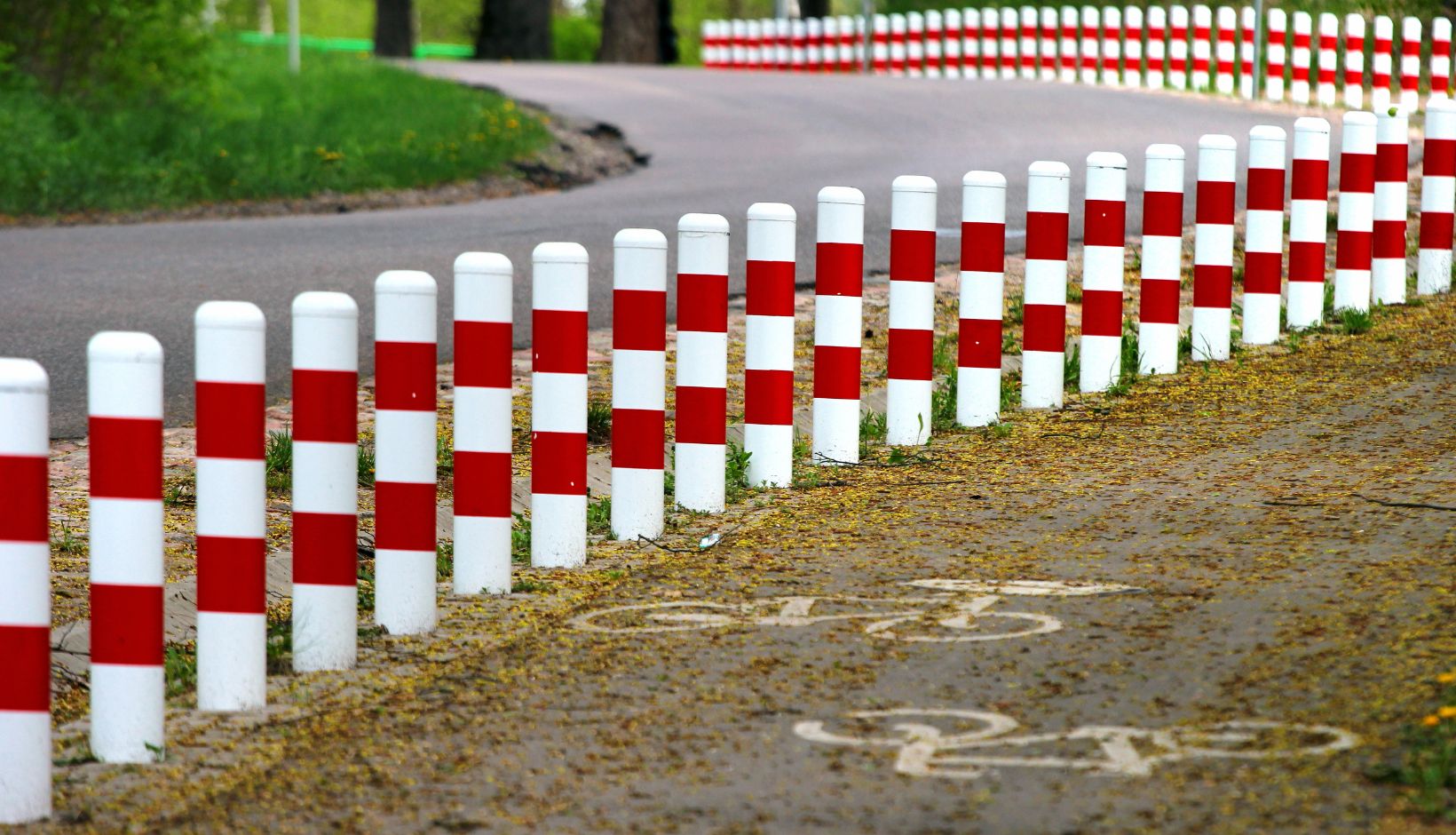Construction is one of the most dangerous industries out there, with 1% of workers experiencing a fatal injury each year. That’s a pretty alarming statistic, which is why safety measures are a big deal. Safety posts are one of those simple but crucial tools that help keep people, property, and equipment safe—whether on construction sites, industrial facilities, or commercial buildings.
This guide breaks down everything you need to know about safety posts—what they do, the different types available, where they’re used, and how to install them the right way.
What Are Safety Posts?
Safety posts serve as strong, reliable support that help prevent falls and provide extra stability in areas where accidents are more likely to happen. Positioned along ladders, securing elevated walkways, or guiding foot traffic in busy zones, they add an extra layer of protection. Built to withstand tough conditions, these sturdy posts help create a safer environment for workers, visitors, and anyone else navigating the space.
Here are some of their benefits:
- Help Prevent Falls – Climbing onto a rooftop, stepping onto a scaffold, or working on an elevated platform comes with risks. A sturdy safety post provides a secure point to grab onto, reducing the chance of falls.
- Provide Extra Stability – In areas with uneven surfaces or limited footing, safety posts offer workers a firm grip and a reliable surface to lean on, minimizing the chance of slips and missteps.
- Improve Visibility – Many safety posts are painted in bright, eye-catching colors, making hazardous areas more noticeable. This helps workers and pedestrians identify potential dangers before they get too close.
- Secure Access Points – Some safety posts serve as physical barriers, restricting access to hazardous areas or controlling entry to designated zones. This helps keep unauthorized personnel out of high-risk locations, reducing the chances of accidents.
- Protect Equipment and Structures – Beyond safeguarding people, safety posts also shield expensive equipment, doorways, and infrastructure from accidental impacts, ensuring that machinery and structural elements stay intact.
Types of Safety Posts
Different environments require different safety posts, each designed for specific conditions. Some offer flexibility, while others focus on durability, visibility, or resistance to harsh elements. Selecting the right type depends on the setting and the level of protection needed.
1. Portable Safety Posts
These posts are designed for temporary use. They are quick to set up and easy to reposition, making them ideal for construction sites, maintenance projects, or event spaces. When a permanent installation isn’t practical, portable safety posts provide a reliable solution. Many models include weighted bases or anchor points to improve stability and prevent tipping. Their ability to adapt to different environments makes them a versatile choice for short-term applications.
2. Aluminum Safety Posts
Lightweight yet sturdy, aluminum posts are commonly used in areas where easy transport and installation are priorities. They are a popular option for rooftop safety systems or temporary workspaces where heavier materials may not be suitable. In addition to being easy to handle, aluminum posts resist corrosion, making them well-suited for locations with high moisture levels, such as coastal regions or facilities exposed to frequent water use. Their durability and low maintenance needs make them a long-lasting safety solution.
3. Stainless Steel Safety Posts
For environments that demand maximum strength and resilience, stainless steel safety posts are the preferred choice. Designed to withstand heavy wear, they resist rust and corrosion, making them ideal for industrial plants, chemical facilities, and food processing areas where exposure to moisture and chemicals is common. These posts are also used in settings where hygiene is a priority, as their smooth surface is easy to clean and maintain. With their ability to handle extreme conditions, stainless steel posts provide long-term protection in high-risk areas.
4. Galvanized Steel Safety Posts
Galvanized steel posts offer a strong combination of durability and weather resistance. A protective zinc coating shields them from rust and corrosion, allowing them to stand up to outdoor exposure and harsh conditions. They are often installed in parking lots, loading docks, and warehouse perimeters where impact resistance is essential. These posts are built to handle heavy traffic and provide long-term reliability, even in demanding environments. Their tough exterior ensures they remain effective even with constant use and exposure to the elements.
5. Yellow Powder-Coated Safety Posts
Visibility is a key factor in workplace safety, and yellow powder-coated safety posts stand out in busy environments. Their bright yellow finish makes them easy to spot, helping to mark hazardous areas and improve awareness. The powder coating not only enhances visibility but also adds an extra layer of protection against rust, scratches, and daily wear. These posts are commonly found in warehouses, commercial spaces, and manufacturing facilities where clear safety markings are essential. Some models even include reflective strips for improved visibility in low-light conditions.
Where Are Safety Posts Used?
Safety posts show up in all kinds of environments, from construction sites to warehouses. Here are some of the most common places they’re used:
1. Rooftops
Accessing rooftops can be risky, especially in bad weather or high-wind conditions. Safety posts give workers a stable handhold when climbing up and down, reducing the chance of falls.
2. Ladders and Hatch Openings
Ladders and hatches can be tricky to navigate, especially when carrying tools or equipment. A safety post provides a steady grip, making entry and exit smoother and safer.
3. Industrial Facilities
Factories and warehouses often use safety posts to mark off hazardous areas, create barriers, or reinforce fall protection systems.
4. Parking Lots and Loading Docks
In busy areas with vehicles and foot traffic, safety posts act as guides to prevent collisions and keep pathways clear.
5. Restricted or High-Risk Zones
Some areas aren’t meant for public access. Safety posts can be used to block off restricted zones, preventing unauthorized entry and reducing liability risks
To Sum Up
Selecting the right safety post depends on the environment, durability requirements, and whether mobility, visibility, or long-term strength is the priority. No matter the setting, safety posts play a crucial role in reducing risks and creating a safer space.




More Stories
Touch ‘N Go Casino Payments
The Psychology of Esports Fans: What drives loyalty and engagement?
Duitnow Casino Transaction